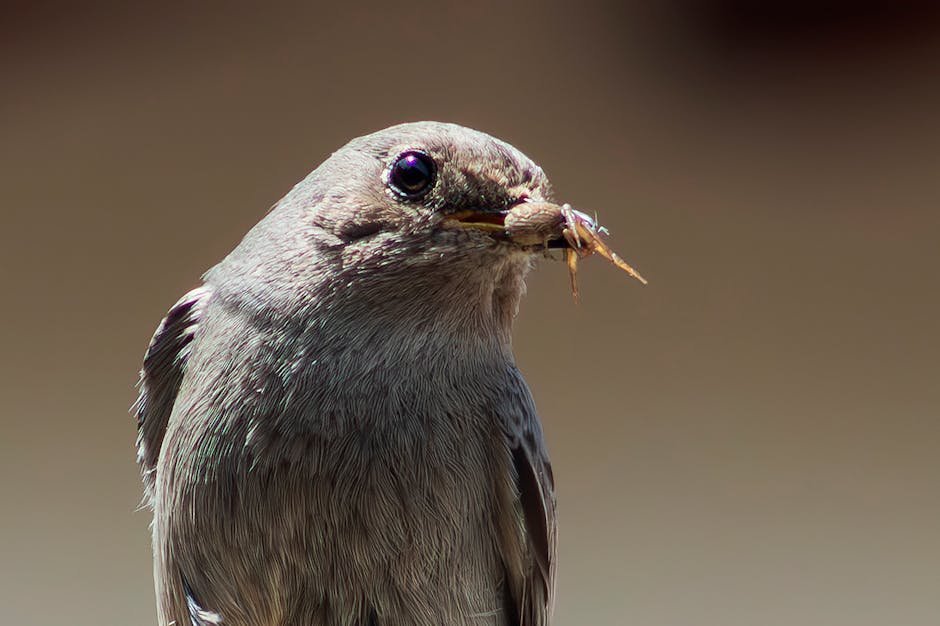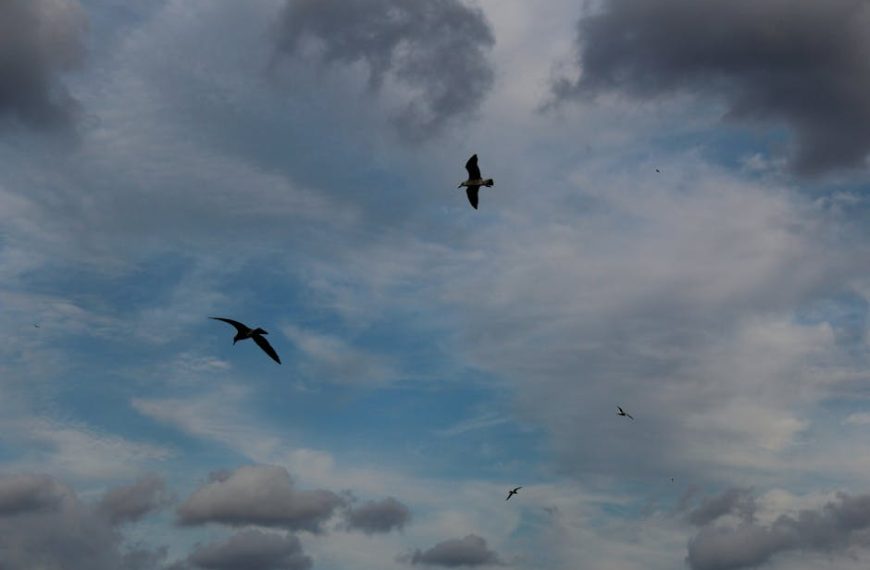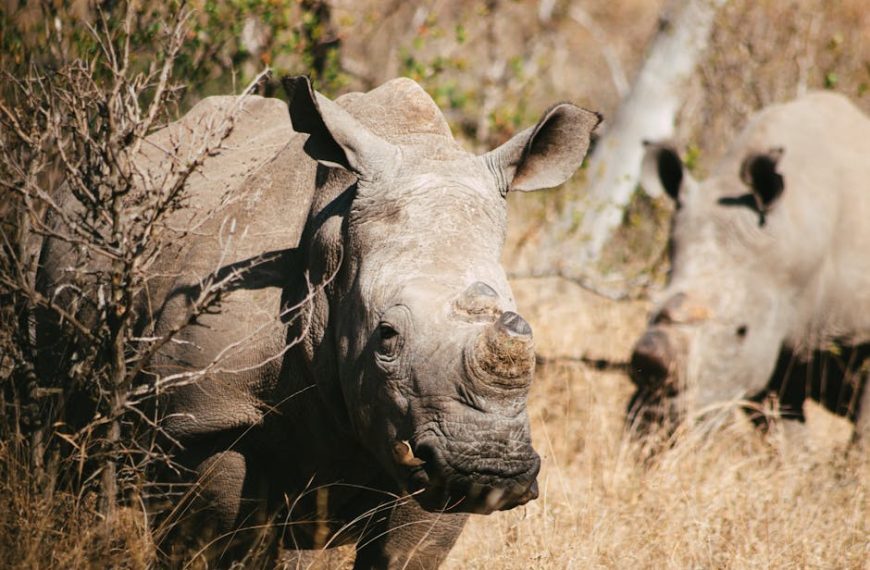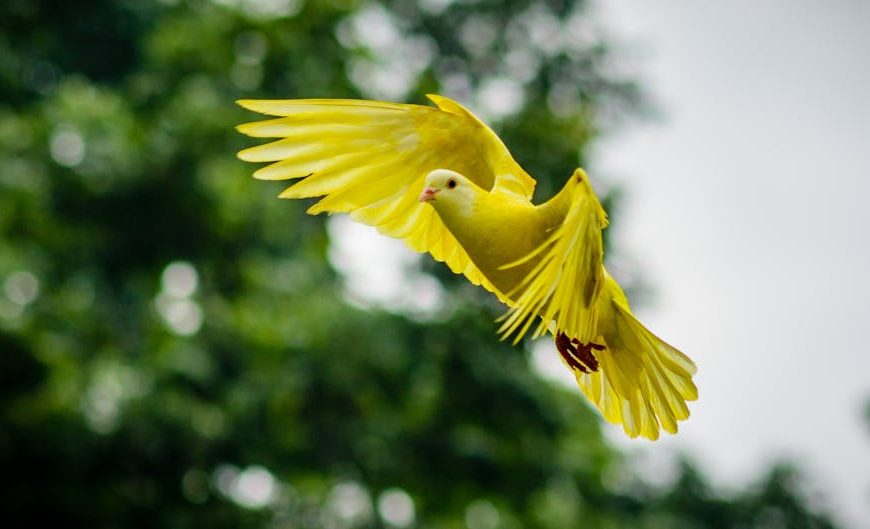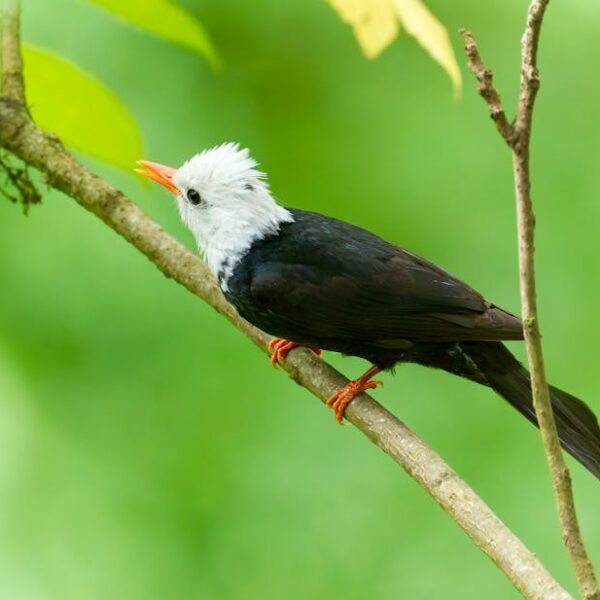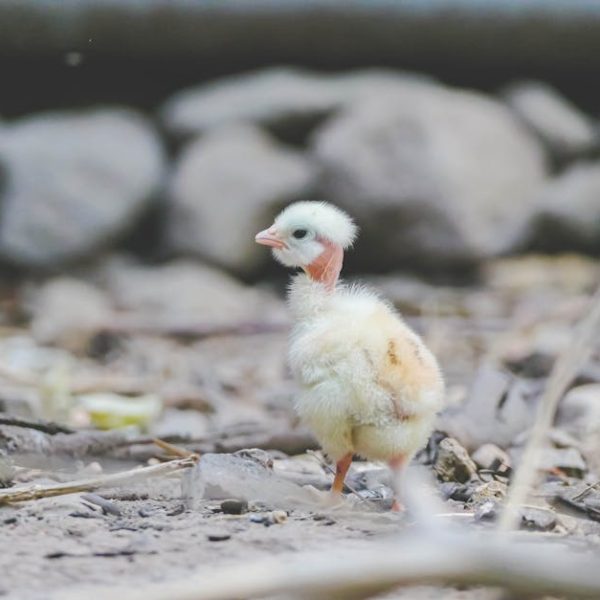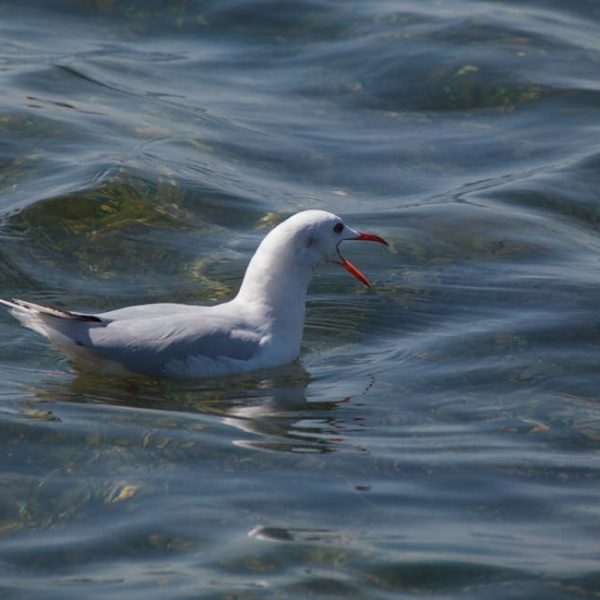Surviving the wrath of Mother Nature can be a daunting task for most species, but for our feathered friends, hurricanes are anything but insurmountable. Birds have evolved with an arsenal of physiological, behavioral, and navigational adaptations to help them survive the varying wrath of hurricanes.
The Biology of Birds Equipped for Hurricanes
Birds possess certain physiological and biological adaptations that allow them to survive extreme weather conditions such as hurricanes. This nature’s spectacle is not about bravado; it’s about survival. It’s about the perfect blend of will and the ability to withstand storms.
Common physiological traits among birds that aid their survival during hurricanes include:
– Strong, sturdy wings for enduring long, strenuous flights
– Compact bodies that offer more maneuverability against stormy winds
– Keen senses for optimal decision-making amidst the ensuing chaos
This is a bit of a survival of the fittest scenario. Some birds can proficiently use these traits to their advantage, surviving against all odds. For others, these might not suffice, rendering them more susceptible to danger.
Behavioral Adaptions of Birds During Hurricanes
As hurricanes approach, birds exhibit behavioral changes – obvious signals of the forthcoming storm. Many birds choose to flee the area before a storm strikes, while others hunker down and seek cover in safe places.
Pro tip: Here are some significant behavioral traits exhibited by birds in the face of hurricanes:
- Flight or fight: Many birds choose to avoid the impending storm by flying long distances away from their habitat.
- Seeking Shelter: Some birds, meanwhile, opt for the opposite strategy. They retreat into dense vegetation or seek protection in man-made structures.
A best practice for bird watchers and researchers during hurricanes is to respect these behaviors. Do not disturb hiding birds, and if possible, provide easily accessible food and water resources for them.
Navigational Abilities of Birds in Hurricanes
To stay one step ahead of hurricanes, birds utilize their exceptional navigational abilities. Without a road map or GPS, how do they find a way to safety, you ask?
Birds use a handful of navigation strategies during a hurricane:
- Reading earth’s magnetic fields
- Following coastlines and landmarks
- Using the sun or stars as a compass
Interestingly, migratory birds often fare better in a hurricane, thanks to their evolved navigation skills as compared to the non-migratory counterparts.
Join us as we further explore the effects of hurricanes on bird populations and the scientific studies supporting these facts.
Impact of Hurricanes on Bird Populations
Hurricanes can have both immediate and long-lasting effects on bird populations. The whipping winds and torrential rains may lead to immediate death or displacement. Furthermore, the aftermath of these events can result in destroyed habitats, altered migratory routes, and scarce food resources, causing significant shifts in bird populations.
A short checklist of potential impacts includes:
– Immediate death of birds
– Destruction of habitats
– Food scarcity due to devastated environments
– Altered migratory routes in the wake of hurricane disruptions
Best practices for conservation efforts following a hurricane event could involve initiating rapid responses to assess bird populations and provide necessary support. Efforts could be made to revitalize habitats, introduce supplementary feeding programs, and monitor any changes in bird behavior and distribution to better understand the impacts of the hurricane.
Scientific Studies and Research on Birds’ Survival in Hurricanes
Scientific research adds depth to our understanding of how birds adapt and survive in the face of hurricanes. These studies reveal surprising survival strategies, contentious findings, and, most importantly, give us insights into bird resilience and adaptability.
A comparative review of studies might throw light upon:
– The varying effects of hurricanes on different bird species
– The survival strategies commonly employed by birds, and their success rates
– The long-term impacts on bird population dynamics, behavior, and distribution patterns
These studies represent not just intriguing insights into bird behavior and survival but also offer pertinent lessons for bird conservation and sustainability. Acknowledging these research findings could fundamentally shape our birdwatching practices, bird conservation endeavors, and raise our appreciation for the sheer resilience of our feathered companions.
Conclusion
Weathering a hurricane is no small feat, especially for creatures as seemingly delicate as birds. Yet, their physiological, behavioral, and navigational adaptations empower them to endure through the wildest storms. As bird enthusiasts or casual observers, it’s our duty to understand, respect, and support these survival methodologies. After all, life is not just about surviving the storm, but also about dancing in the rain, isn’t it?
Key Takeaway:
- Birds possess certain physiological and biological adaptations that aid their survival during hurricanes. This includes strong wings for long flights, compact bodies for maneuverability, and keen senses for decision-making.
- Birds exhibit behavioral changes during hurricanes, often either fleeing the area before the storm strikes or seeking cover.
- Birds utilize their exceptional navigational abilities to find safety during hurricanes, such as by reading earth’s magnetic fields, following coastlines and landmarks, or using celestial bodies as a guiding compass.
- Hurricanes have both immediate and long-term effects on bird populations, including potential death, habitat destruction, food scarcity, and altered migratory routes.
- Scientific studies and research provide additional insights into how birds survive and adapt during hurricanes, with implications for bird conservation, birdwatching, and understanding bird resilience.
Know that nature has equipped birds with the power to fight and survive even the harshest weather conditions. As bird enthusiasts, we should support and respect their survival methodologies. Keep the spirit of curiosity alive and continue to explore the intriguing world of birds in their brave battle against Mother Nature.
FAQs
Q: How do birds know when a storm is coming?
A: Birds are believed to sense changes in atmospheric pressure and wind speed which indicate an approaching storm. Some might hear low-frequency sounds produced by storms even before they reach their location.
Q: Why do some birds not flee before a hurricane?
A: Some birds might not have the energy reserves for long-haul flights or may risk the hurricane if it’s breeding season and they have nests or chicks to protect.
Q: How can birds navigate even in the chaos of a hurricane?
A: Birds have impressive navigational skills such as sensing Earth’s magnetic fields, identifying geographical landmarks, or using sun or stars for orientation. These instincts help them navigate even during a hurricane.
Q: What happens to bird populations after a hurricane?
A: Hurricanes can lead to immediate death for some birds, but the long-term effects can be more significant. Habitats may be destroyed, affecting food resources and nesting grounds. These changes can result in altered migration routes and population shifts.
Q: How can I help birds before, during, or after a hurricane?
A: Avoid disturbing hiding birds or their nests, provide accessible food and water, and support post-hurricane conservation efforts like habitat restoration.
We hope you found this article enlightening. Share it with fellow bird-lovers and don’t forget to explore more posts on our website on this fascinating world of birds!
